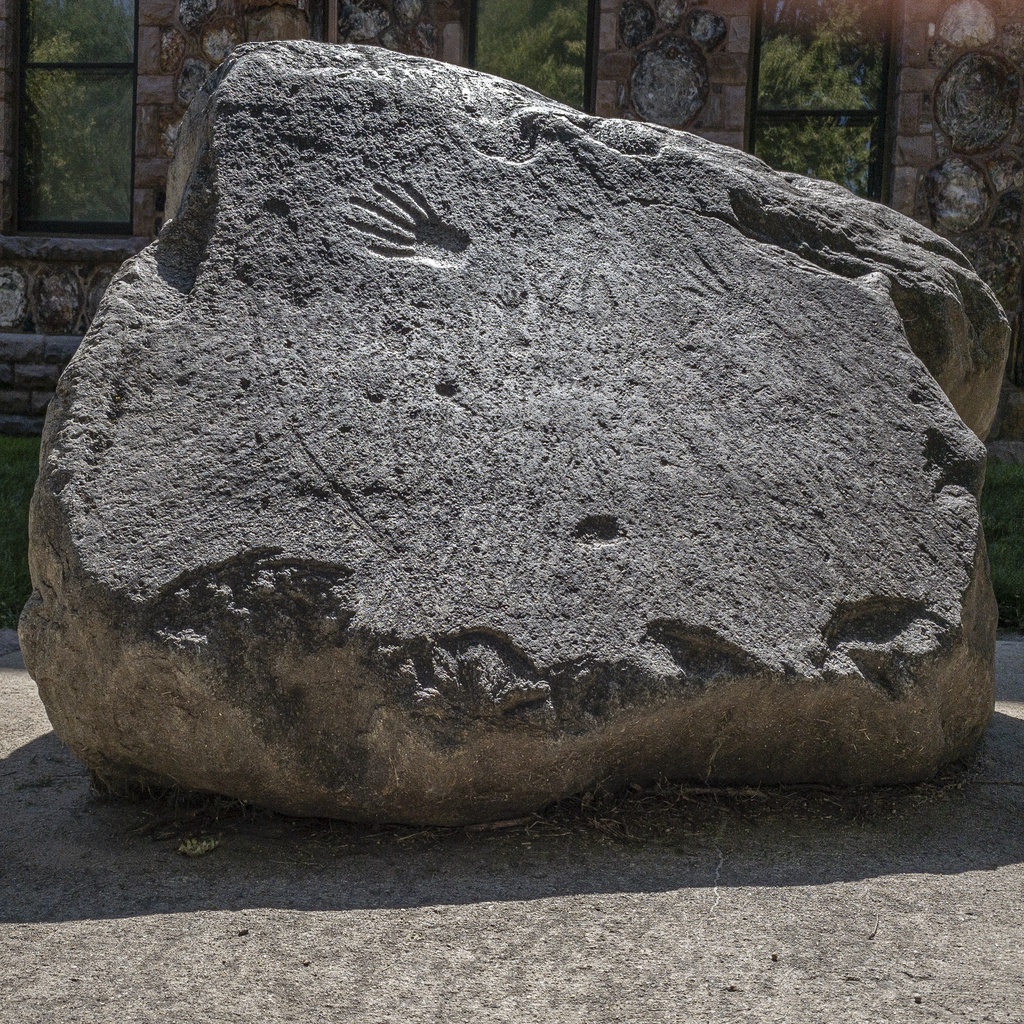
Prayer Rock
thingiverse
The Search for the Sacred Boulder Continues In late 1924, Richard Pettigrew launched an ambitious search for a sacred rock to add to his museum in Sioux Falls. He had heard about a massive boulder near Gettysburg, South Dakota, known as Medicine Rock, which boasted intricate symbols on its surface. Inspired by the potential of this discovery, Pettigrew wanted to acquire another similar rock with symbols to preserve and display for the public's benefit. To begin his search, Pettigrew sent out a request to E.S. Peterson of Mobridge and J.W. Parmely of Ipswich, two experts in the field, asking them to scour the region for a suitable piece. After weeks of searching, Peterson discovered a massive boulder weighing an estimated 15 to 20 tons on a ranch near Evarts, South Dakota. However, Pettigrew was not convinced that this behemoth rock could be transported to Sioux Falls and requested that the search continue for a smaller boulder. Eventually, a three-ton example was found on a nearby ranch belonging to J.J. Bentz but rented by Ed Klein. Pettigrew negotiated with Bentz to purchase the boulder and hired Klein's team to remove it from the earth. Ed Klein assembled a crew of six men, two wagons, and eight horses to tackle the challenging task of moving the rock 17 miles into town. After four hours of using a 15-horsepower engine and leverage to pull the boulder, they made little progress. Undeterred, Klein's team persevered, eventually freeing the rock from its earthly constraints. Pettigrew paid Klein and his crew $75 for their laborious efforts and an additional $75 to transport the boulder from the depot to his home in Sioux Falls. Once safely installed outside his museum, the sacred boulder was on exhibit for all to see by 1925. A Local Legend Speaks In 1925, a curious visitor asked a respected Sioux Elder how old the carvings on this type of rock were. The elder's response was straightforward: "My grandfather was an elderly man when I was a young boy. When he was just a child, the rock had already been carved." This poignant account underscores the rich history and cultural significance of these sacred boulders. Rock Art: A Legacy of Ancient Traditions The region has been home to numerous rock art sites since early exploration by European settlers. References to this unique style appear in the journals of explorers such as Pierre de la Verendrye, Lewis and Clark, and Prince Maximilian. Areas of North Dakota and northern South Dakota are particularly fertile ground for discovering this ancient art form. While experts disagree about when rock art emerged, who created it, or its purpose, one thing is certain: the spiritual power of rocks has been an integral part of Native American cultures for centuries. The Sioux, Mandan, and Hidatsa tribes have all revered these sacred boulders as symbols of peace, spirituality, and connection to their ancestors. The carvings on this particular rock include adult hands and a child's foot, which were often used as symbols of peaceful living and open spiritual prayer. This remarkable example of petroglyph art may have even been painted with red ochre paint at one time, combining the techniques of pictographs and petroglyphs in a unique and captivating way.
With this file you will be able to print Prayer Rock with your 3D printer. Click on the button and save the file on your computer to work, edit or customize your design. You can also find more 3D designs for printers on Prayer Rock.
